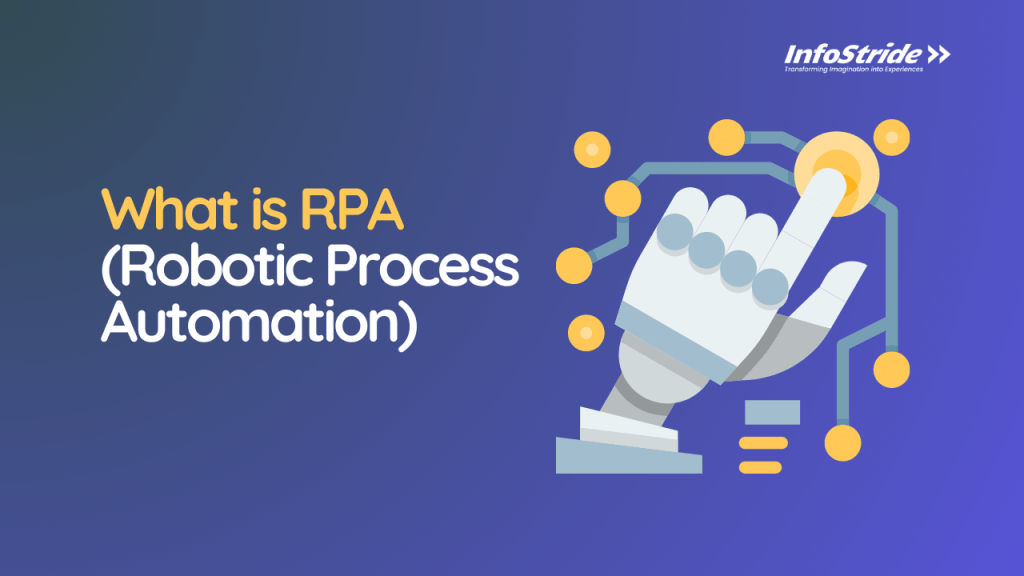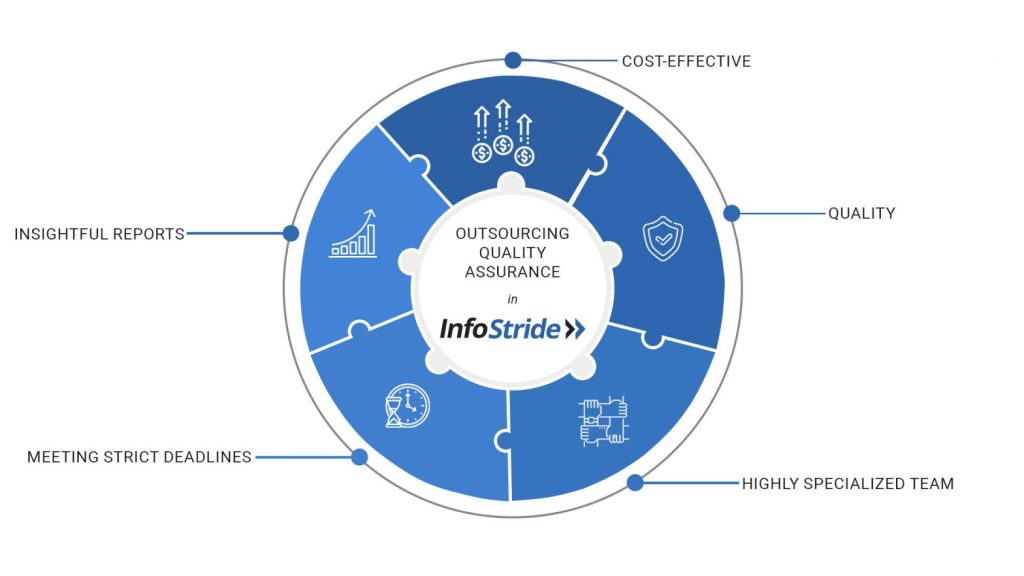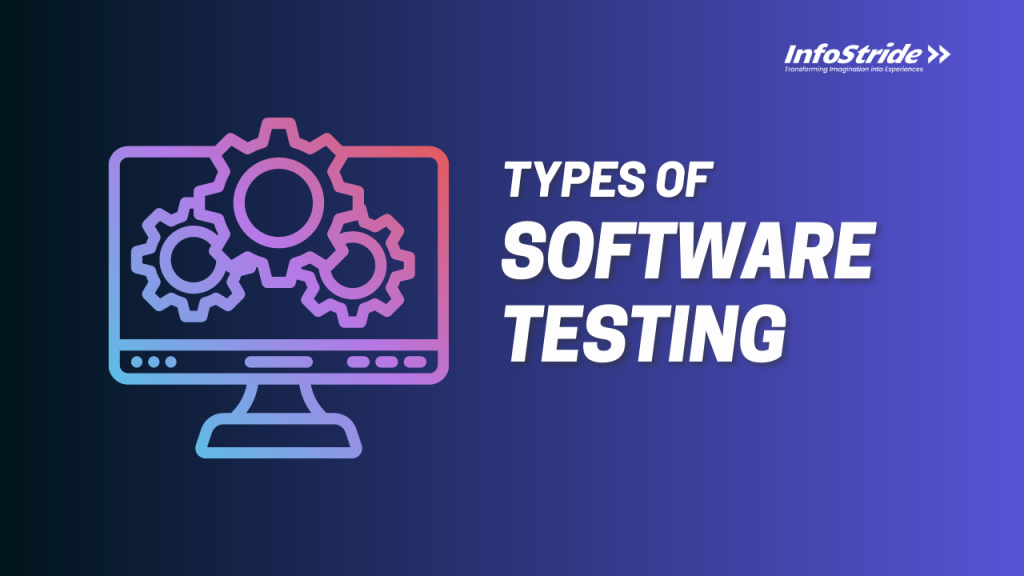Table of Content
In the realm of public sector services, the term “human-centered design” has gained significant traction. It’s not merely a buzzword but a guiding principle that puts the needs and experiences of users at the forefront of service development. In California, the California Department of Technology (CDT) has laid out a comprehensive digital strategy roadmap that underscores the importance of human-centered design in improving public sector services for the state’s residents.
The California State Digital Strategy serves as a beacon for government agencies striving to enhance the accessibility and usability of their digital services. At its core lies the principle of human-centered design, which advocates for not just technologically advanced but intuitive, user-friendly, empathetic, and genuinely responsive approaches.
By emphasizing human-centered design, the California State Digital Strategy encourages agencies to conduct extensive user research to gain insights into how residents interact with public services. This research informs the development of digital solutions that are intuitive, inclusive, and accessible to all Californians, regardless of their backgrounds or abilities.
Key components of human-centered design, such as user interviews, surveys, and usability testing, enable agencies to identify pain points in existing services and pinpoint areas for improvement. Armed with this knowledge, they can collaborate with expert partners to design and develop user-friendly interfaces for government websites and mobile apps.
Accessibility is another cornerstone of human-centered design, ensuring that public sector services are available to everyone, including individuals with disabilities. The California Department of Technology’s roadmap emphasizes the importance of compliance with accessibility standards such as the Web Content Accessibility Guidelines (WCAG), thereby ensuring that digital services are usable by all residents.
Continuous iteration is also fundamental to the human-centered design process. By adopting an agile approach to development, agencies can quickly respond to user feedback and evolving needs, ensuring that digital services remain relevant and effective over time.
In this landscape, expert partners like InfoStride play a pivotal role in supporting government agencies in their journey towards human-centered design excellence. With expertise in web and mobile development, InfoStride can assist agencies in implementing the principles outlined in the California State Digital Strategy.
As a proud holder of the CMAS, InfoStride brings a proven track record of delivering high-quality digital solutions to government agencies. InfoStride’s subtle yet significant contribution lies in its ability to translate the principles of human-centered design into tangible, user-centric digital solutions. By leveraging technical prowess and understanding of user experience, InfoStride can help agencies create digital services that truly meet the needs of Californians.
In conclusion, human-centered design is more than just a theoretical concept but a practical approach to improving public sector services in California. By embracing the principles outlined in the California State Digital Strategy and partnering with expert firms like InfoStride, agencies can ensure that their digital services are accessible, intuitive, and effective for all residents. Together, we can create a future where public services truly serve the needs of the people they are intended to benefit.











